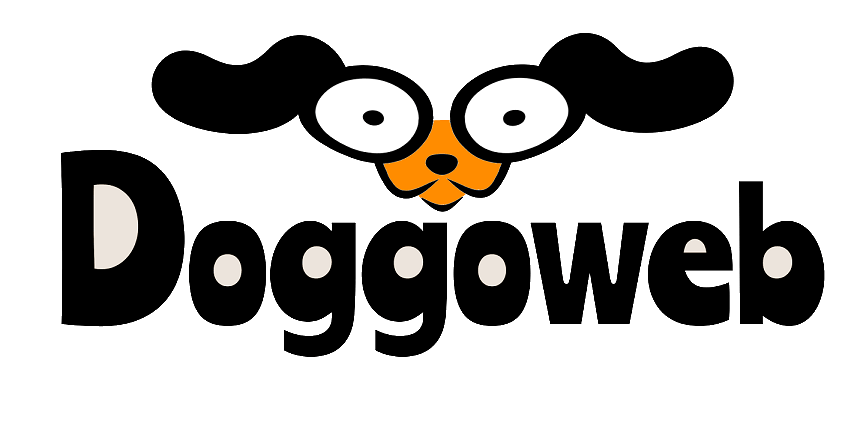Drives of Dogs
A tired dog is a happy dog!
We should not ignore, lower, or turn off the dog’s passions while employing positive approaches. What we will strive to do is moderate and alters his desires so that his conduct conforms to the pack’s guidelines. As leaders, we have the ability to offer dogs salvation for their impulses. Furthermore, your dog’s tastes and personality are just as unique as you are, and if you can accept that, you’ll be able to enjoy each other’s company.
Energy Level
It’s all about energy. Dogs in general will require a lot of mental and physical exercise to relax. Walking, hiking, jogging, playing games, and running in the dog park are just a few activities you can do with your dog to help him exhaust his energies.
Different dogs have varying degrees of energy. We can find high, medium, and low energy levels in dogs. There are dogs with a high-energy level who will take us a long time to fatigue out and dogs with a low energy level who will be delighted to lie down for most of the day. We must understand our dog’s energy levels and how to get them tired. The energy level will also vary depending on the territory we are in with the dog.
The most common cause of misbehavior in dogs is when their needs for exercise, discipline, and affection are not met, particularly when they do not get enough exercise to burn off excess energy and bring their minds to a calm, submissive state. We can reinforce and reward that calm behavior with affection.
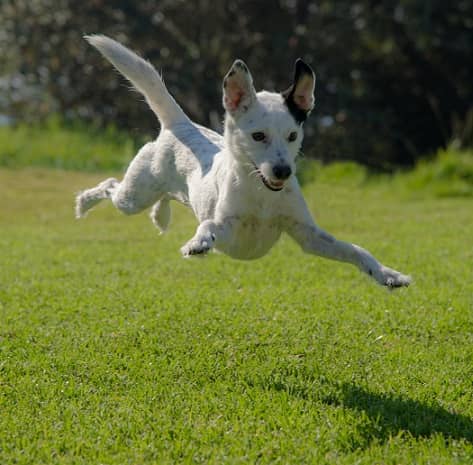
The Working Circle
Gradually, you will gain control over your dog. Our first working environment should be familiar and sterilized, free of any foreign stimuli such as our internal dog territory or our backyard. The following work cycle will take place in a less familiar location, with as few distractions as possible, preferably in a secure area or on a leash no longer than 10 meters. If we complete these levels of training, then we can practice discipline even in the presence of significant distractions (cats, for example), and handle our dog even when he is not on a leash.
Three Different Game Types
Get to know what kinds of games the dog will enjoy. Dogs like to play fetch, play with rope or noisy toys, lay down and chew stuff, or play with other dogs. However, some dogs aren’t very good at playing.
When determining energy levels, ask yourself the following questions: If the dog enjoys fetching, does he become tired fast, or will he continue until you stop? If he enjoys playing with the rope toy, how quickly does he appear to lose interest and go away? As with the stroll, the further a dog will go, the more energetic he or she is.
We separate the dog’s “quality time” into three categories:
- Playtime with himself in his internal territory or his crate. You can use chew toys or a kong for that.
- Playtime with pack mates. Play with us, his family, and stick to the game rules
- Playtime with other dogs.

Control The Drives Of The Dog
Dogs are born with instinctive qualities that allow them to perform tasks without having to be taught. Motivation comes from drives, while instincts provide the ability to act.
An animal’s drives are powerful, compelling, nearly irresistible desires that motivate it to do something. For instance, it might be driven to consume food or reproduce.
Every behavior of our dog can be attributed to his innate instincts. Every breed and every dog, in particular, has unique hobbies and personalities. Understanding what motivates the dog is vital to developing a language with him. We must understand how to regulate his desires so that we can handle him as effectively as possible.
Understanding your dog’s instincts and drive will help you to know it better.
- Dogs with high food drives are more trainable since the desire for a any simple treat is so intense.
- Prey drive is responsible for behaviors like chasing, capturing and killing prey.
- Fight or flight response is the most crucial motivation for any wild animal's survival and arises from a dog's fear when confronted with a potentially dangerous circumstance.
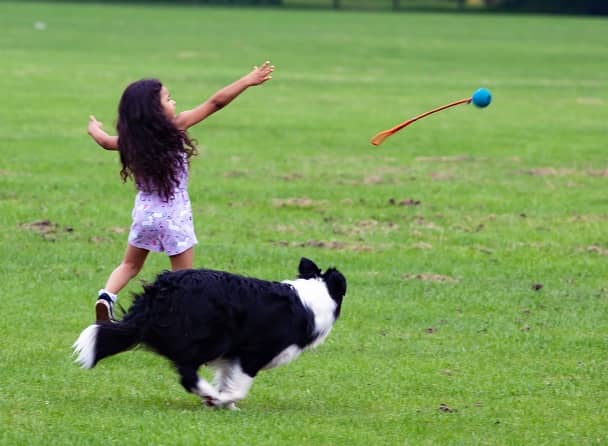
As we enhance the dog’s urges, we will be able to shape them in our way. For example, If the dog is highly motivated to play, that can be turned into a training tool. We’ll teach him how to recover the ball and return it to us – adjusting the drive.
Drives and instincts of dogs are genetically inherited traits allowing them to achieve their number one goal in life: to live, survive, and pass on their genes to the next generation.
Drives in your dog may be reinforced and nurtured, and then exploited to elicit desired actions.
Increase Retrieve Drive
The retrieve drive is the desire of a dog to return objects to its pack or owner.
Any dog can be trained to retrieve a game or object that is in its mouth. There are certain dogs for whom the job of boosting the retrieve drive is natural, because this inclination is in essence part of the breed to which they belong (retriever dogs), but the majority of dogs must be trained to return. As a simple solution, we have devised three methods:
The Lion Method
A psychological approach. In this method, we will not ignore our dog’s desire to show off his hunting skills. As long as he keeps the thing, we will cheer him on.
The Two Objects Method
A method referring to the practical aspect. In this approach, we will play with two similar things with our dog, while the intriguing object will always be with us (we create interest with playful motions.) and we will be the center of attention.
Treat Method
Several impulses are united in this method: food drive, play drive and retrieve drive.
Encourage your dog to pursue the thing you want him to retrieve. When he gets it, reward him for retrieving the object. Repeat this several times while tossing the thing a short distance. Once you receive the object, reward him right away.
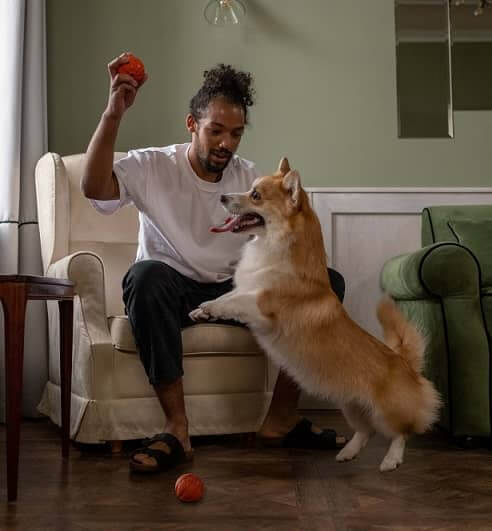
While teaching your dog the above play methods, initially, the orders have no meaning, but as you play this game day after day, he will learn what each command means and you will be able to create a regular retrieval.
You are not only teaching him to retrieve an object, but also to release it in a good manner, which is an even more necessary skill.
Tension / Release From Tension
As the size of the pressure, so does the release from the pressure. The more anger the owner has with the dog, the more powerful and meaningful the positive words that follow. Here is an example: I chose to use a rattle bottle, which causes a lot of pressure on the dog. I need to get him out of the stressful environment as soon as possible, and playing with him is the best way to do it.

Crime Planning Time
Prevent the crime from happening while it’s being planned.
Every act the dog does is planned. The best thing we can do is prevent it while it’s planned. A longer planning period for a crime increases our chances of preventing it. As an example: the dog often snatches food from the kitchen table. In this case, do not wait for the food to be in his mouth before reprimanding him; instead, admonish him while he has only looked at the meal. If the crime occurs too quickly, educate the dog that he is not permitted to enter the kitchen, and we will have more time to plot the crime.

Clicker Rehab
We will want to see that the dog is capable of executing 90% of the precise commands verbally and/or through body language. Once he has learned the body language/word cues and mastered them, we will be able to stop using the clicker reinforcement, however, we will continue to use treats in the meantime.
Reinforcements Menu
In order to shape or modify your dog’s behavior, use a positive reinforcement menu by offering treats that vary in quality so that the reward will make them much more likely to repeat the behavior (dry food, snacks, etc.). This menu is designed to increase the credibility of commands and to motivate dogs who are less insatiable to work with dry food.

The Gambler Method
A strategy used as part of the process of weaning off snack treats using a clicker. To start with, we rewarded our dog for all activities, then we occasionally gave him a snack or dry food, and occasionally we settled for praise. During training, a dog does not need to know if he is going to receive a snack, dry food, or praise, so he is free to take chances.
When dog training is based on rewards, one of the challenges is that the dog will only perform when he knows that he will receive a reward. It won’t take you long, however, if you plan and are skilled, to get your dog gambling.
Toy box
A box that will keep all of the toys that the dog is permitted to play with. The dog should not play with anything that is prohibited, such as our shoes, so we will tell him “No” and then offer him an appropriate alternative from his box. After a few repetitions, the dog will realize that he must choose a toy from the box instead of the socks drawer if he wants to play.
When your dog has to stay home alone, toys can keep them entertained and provide comfort when they are anxious. Toys can even help prevent some unwanted behaviors in your dog.
When choosing toys for your dog, consider their playing style. Toys that are simple to toss or pull are ideal if they like herding and chasing.
While some dogs prefer softer toys to sturdier rubber toys, other dogs enjoy chasing bouncing balls and pulling rope toys. Make sure your dog’s toy box contains interesting toys to prevent him from chewing on forbidden items.
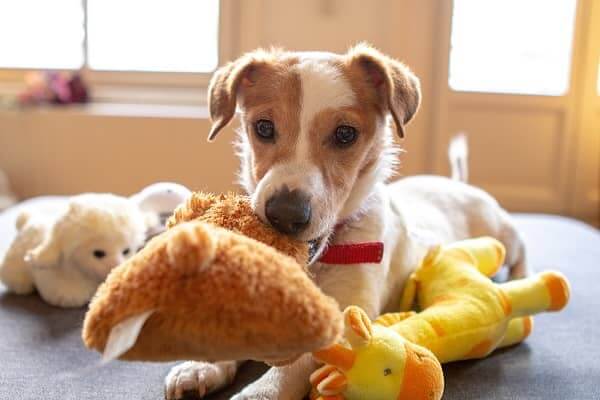
The Big Prize (Jackpot)
The word “jackpot” generally refers to rewarding a dog with a very big prize, often a good quantity of treats, all at once. It is often reserved for a breakthrough moment or a desired action that the dog only exhibits at special times.
Jackpots or super snacks are meant to be special to our dogs and arouse their excitement and tail wagging. Our job is to make them truly unique at the right time.
Therapeutic Dogs
A therapeutic dog is a dog that has been taught to offer affection, comfort, and support to people in a variety of situations, including hospitals, retirement homes, nursing homes, schools, and disaster relief locations.
Therapeutic dogs are taught to engage with all people, not just their handlers.
Dogs who participate in the treatment triangle (therapist, patient, and dog). These dogs are typically small, low-energy, and can sit on their knees. the majority of their work is emotional, and they serve as a link between the patient and the therapist. The therapy dogs’ love and dedication are limitless and inspirational.
Service Dogs
A service dog is assigned to help a person who is disabled or sick. The dogs must be restrained and able to work anywhere and under any conditions. Assisting with bringing objects, pressing distress buttons, pulling wheelchairs, and so on are examples of how they can help. Of course, they also fulfill mental needs and serve as the best friend of the one who handles them.
- A service dog allows a disabled person to live a more independent life. These dogs must be tethered and capable of working anywhere. When a person needs a service dog to help them with a disability, the dog is trained specifically for that task.
- Guide dogs assist the blind and visually challenged in navigating their surroundings.
- Hearing dogs assist deaf and hard-of-hearing people by alerting them to critical noises.
- Mobility dogs help those who need wheelchairs, walking aids, or have balance challenges.
- Medical alert dogs may also indicate the presence of allergies. They might signal the onset of a medical concern such as a seizure or low blood sugar, and perform a variety of other actions.
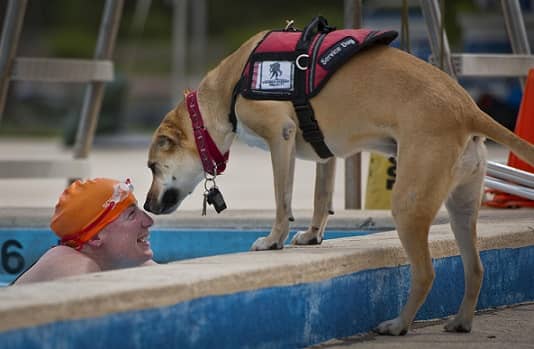
Working Dogs
Working dogs possess natural instincts that have been fine-tuned through intense training to fulfill a specific duty.
Dogs have been specifically trained to aid police officers and other law enforcement professionals in the course of duty. The police dogs protect their handlers. They can apprehend and detain criminal offenders who flee the police. Dogs can be trained to detect drugs in some instances. These dogs might potentially be classified as detecting dogs.
Dogs bred for police or military service. These dogs learn to use their developed sense of smell to identify and detect bombs, narcotics, people, and so on. These dogs will have strong discipline and will know how to operate in any location or scenario as instructed by their handler.
Neutering / Castration
When animals are spayed (for female animals) and neutered (for male animals), they are prevented from reproducing.
Neutering or spaying has other benefits beyond that of sterilization. It can prevent some illnesses, extend life expectancy, and change some behavioral patterns for the better. It is, however, considered surgery, which implies that post-surgical care is required.
The dog’s sexual identification is at the root of his behavior. While the male is driven by the male hormone testosterone, the female is in heat once every five and a half months and actively seeks the male’s company. Neutering or spaying dogs reduces these habits and helps to balance and manage their personalities. If your dog does not have a genetic designation, the suggested age for neutering and sterilization is 7 months or after the first sign of maturity.
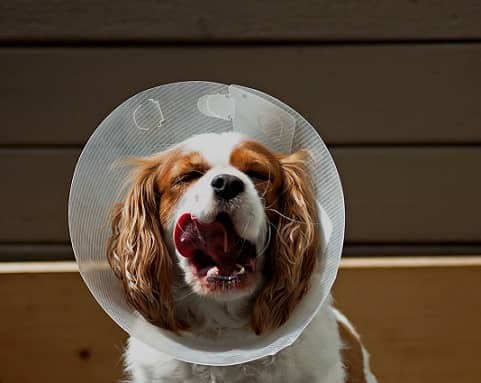
Refuse Food
A dog is not allowed to take or pick up food without permission from its owner. This command is designed to decrease the dog’s food drive. It is important to understand that we will only be teaching this command to the dog if it is intended to serve as a watchdog that is not permitted to consume food from strangers.
Are you ready to test yourself?
The quiz below is one of five, if you pass it, you will receive part of the password for the final quiz. All five tests must be passed in order to attach the password and gain access.
Check our latest posts

10 Winter Activities for Dogs
Winter can be a difficult time for both humans and our furry friends. While you’re curled up with a warm cup of hot cocoa, your

The 10 Best Tug Toys For Dogs
10 Best Tug Toys For Dogs: The advantages of a game of tug of war. The act of tugging on a dog’s leash can improve impulse control, boost self-esteem, and deepen the link between dog and owner. As a result, it is a highly effective training method that taps into people’s innate motivations and reinforces them.

Become Your Dog’s Hero: 7 Simple Ways to Strengthen the Bond with Your Best Friend
Does your pup act like you’re their hero? Chances are, they already think of you that way. After all, you give them love, attention and
